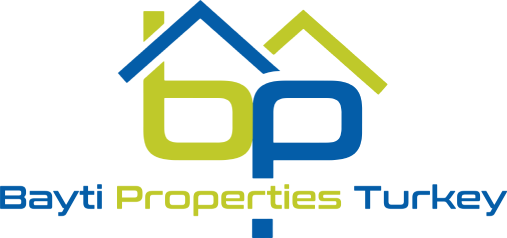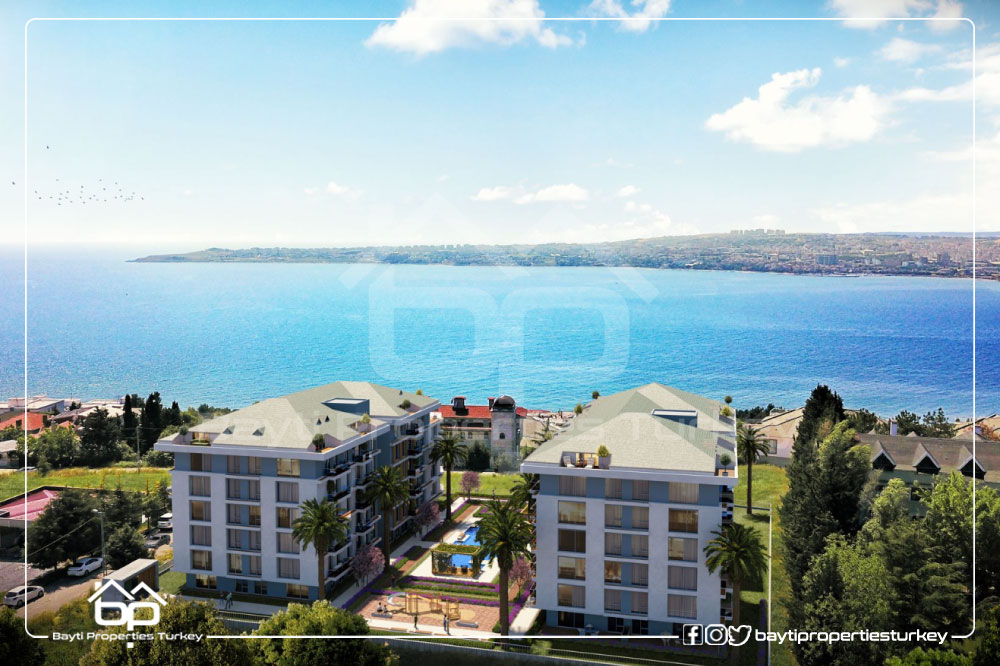Unveiling the Historical Importance of Marmara Sea
The Marmara Sea is a small sea located in the northwest of Turkey, surrounded by the Marmara region of the country. It is an inland sea, connecting the Aegean and Black Seas, and has been a crucial part of Turkey’s history for centuries. This body of water is not only essential for trade and transportation but also for its cultural and historical significance. In this article, we will explore the historical importance of the Marmara Sea.
Have you ever wondered how a small sea could hold so much significance? Let’s delve into the past and discover the hidden treasures of the Marmara Sea.
Introduction
The Marmara Sea, which covers an area of approximately 11,350 square kilometers, has a maximum depth of 1,370 meters. It is the smallest sea in the world and is also known as the Sea of Marmara. The Sea is connected to the Mediterranean Sea via the Dardanelles and the Aegean Sea via the Bosporus. This region has been inhabited by various cultures throughout history, such as the Greeks, Romans, and Ottomans, making it a melting pot of cultures.
The Significance of Marmara Sea in Ancient Times
The Marmara Sea has been an essential part of the ancient world for its strategic location, connecting the Aegean and Black Seas, and making it a crucial route for trade and commerce. The ancient city of Byzantium, which later became Constantinople, was located on the Marmara Sea’s shores, making it an important city for trade and commerce. The Greeks also believed that the Marmara Sea was the home of Poseidon, the god of the sea, and considered it a sacred place.
In addition to its cultural significance, the Marmara Sea also played a crucial role in military strategy. During the Byzantine Empire, the sea was used as a defensive barrier to protect Constantinople from invaders. The city’s walls were strengthened, and a chain was placed across the entrance of the Golden Horn, a natural harbor of the Marmara Sea, to prevent enemy ships from entering.
Ottoman Era and Marmara Sea
The Ottoman Empire, which ruled Turkey for over 600 years, made significant contributions to the Marmara Sea’s history. The Ottomans recognized the strategic importance of the sea and established a strong navy to protect it. The sea also played a significant role in the empire’s trade and commerce, as it connected the empire’s capital, Istanbul, with the rest of the world.
During the Ottoman era, Istanbul, formerly known as Constantinople, became one of the world’s leading cities, and the Marmara Sea played a crucial role in its development. The sea was an essential source of fish, and its shores provided fertile soil for agriculture. The city’s residents also used the sea for transportation, trade, and recreation.
Modern Importance of Marmara Sea
Today, the Marmara Sea continues to be an important part of Turkey’s economy and culture. The sea is a vital source of fish and seafood, and its shores are home to numerous seaside resorts, making it a popular tourist destination. The city of Istanbul, which sits on the Marmara Sea’s shores, is the country’s economic and cultural center, and the sea plays a crucial role in its development.
The Marmara Sea also continues to be a strategic location for transportation and trade, connecting Turkey to Europe and Asia. The Istanbul Canal project, which is currently under construction, will create an artificial waterway connecting the Black Sea to the Marmara Sea, further enhancing the sea’s strategic importance.
Conclusion
In conclusion, the Marmara Sea’s significance goes beyond its size, and it remains a crucial part of Turkey’s past, present, and future. As we continue to move forward, it is essential to remember the sea’s historical and cultural significance, ensuring that it remains protected and appreciated for generations to come.












